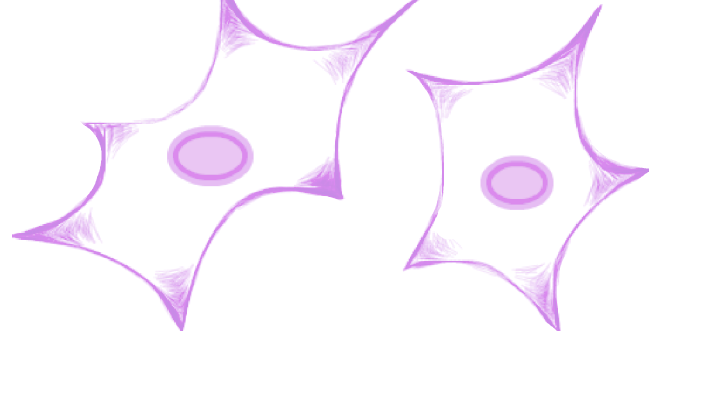Cell Senescence Entries for ELOA
- Cell Types
- Mammary fibroblast
- Cell Lines
- Primary cell
- Cancer Cell?
- No
- Method
- Knockdown
- Type of senescence
- Unclear
- Senescence Effect
- Inhibits
- Primary Reference
- Avelar et al. (2021) A multidimensional systems biology analysis of cellular senescence in aging and disease. Genome Biol 21(1)91 (PubMed)
ELOA Gene Information
- HGNC symbol
- ELOA
- Aliases
- SIII; TCEB3; TCEB3A
- Common name
- elongin A
- Entrez Id
- 6924
- Description
- This gene encodes the protein elongin A, which is a subunit of the transcription factor B (SIII) complex. The SIII complex is composed of elongins A/A2, B and C. It activates elongation by RNA polymerase II by suppressing transient pausing of the polymerase at many sites within transcription units. Elongin A functions as the transcriptionally active component of the SIII complex, whereas elongins B and C are regulatory subunits. Elongin A2 is specifically expressed in the testis, and capable of forming a stable complex with elongins B and C. The von Hippel-Lindau tumor suppressor protein binds to elongins B and C, and thereby inhibits transcription elongation. [provided by RefSeq, Jul 2008].
ELOA Ontologies
- Gene Ontology
-
Process: GO:6368; transcription elongation from RNA polymerase II promoter
GO:6367; transcription initiation from RNA polymerase II promoter
GO:6357; regulation of transcription by RNA polymerase II
GO:6414; translational elongation
Cellular component: GO:5634; nucleus
GO:5615; extracellular space
GO:70449; elongin complex
GO:5654; nucleoplasm
GO:90734; site of DNA damage
GO:110165; cellular anatomical entity
Show all GO termsFunction: GO:5515; protein binding
GO:3746; translation elongation factor activity
Homologs of ELOA in Model Organisms
External links
- OMIM
- 600786
- Ensembl
- ENSG00000011007
- Entrez Gene
- 6924
- UniGene
- 15535
- 1000 Genomes
- 1000 Genomes
- HPRD
- GenAtlas
- ELOA
- GeneCards
- ELOA
